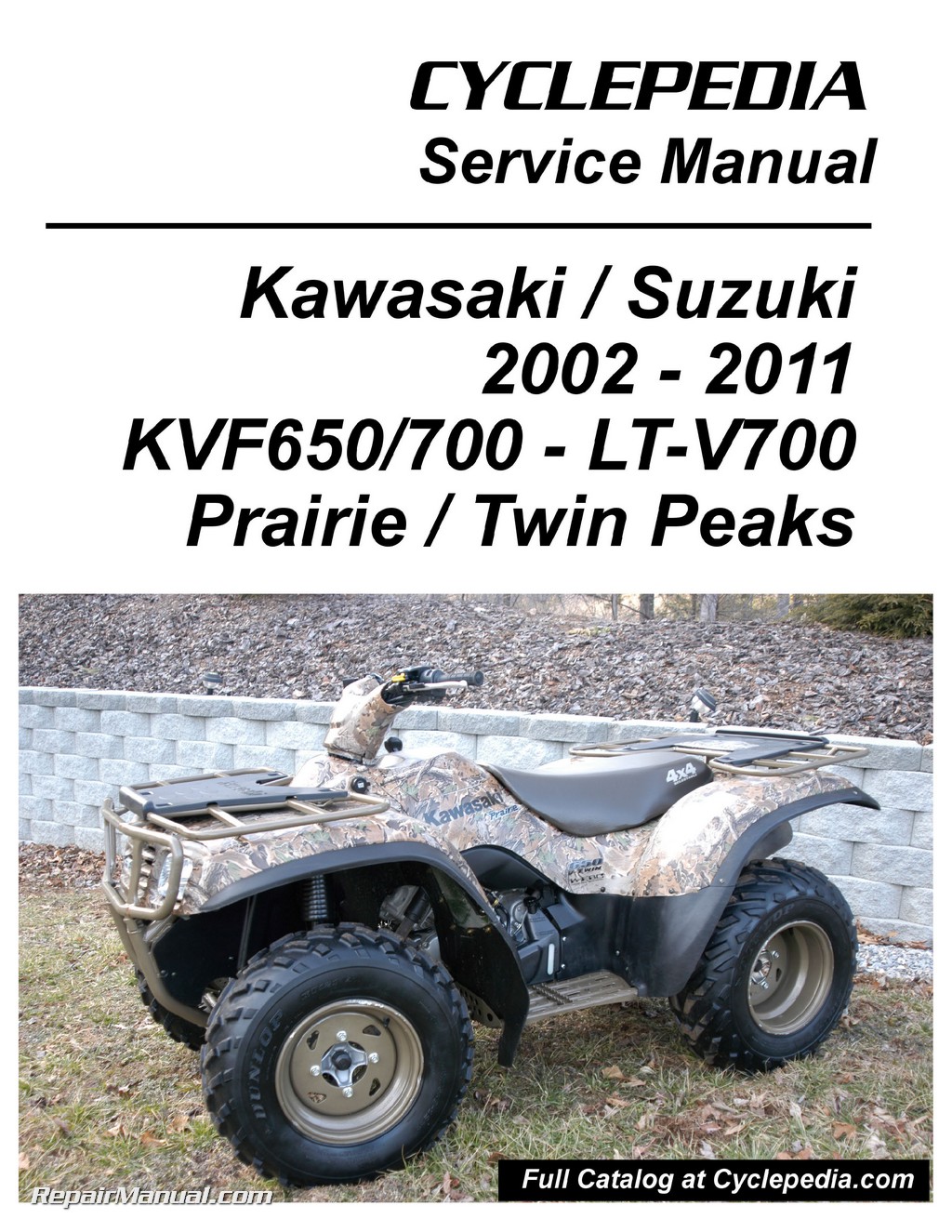SAFETY FIRST: Protective gloves and eyewear are recommended at this point.
Kawasaki recommends that you inspect your drive belt every 90 days of vehicle operation. Under no circumstances should you exceed 1,100 miles in between inspections. If you ride hard or in rough conditions you should check your belt more frequently. Inspect the belt if the belt check indicator light is flashing on the display.
Deflection Inspection
Remove the torque converter cover. See the CVT Cover topic for more information.

Place the transmission in neutral. Turn the driven pulley by hand so that the belt is sitting on the outermost portion of the driven pulley.
If an inspection of your belt checks out it is recommended that you inspect the belt deflection as well. In order to check the belt deflection you will want to make sure the belt is all the way to the top of the driven pulley. To do this, put the transmission in neutral and rotate the driven pulley.

Place a straightedge across the two pulleys, on top of the belt. Push down on the belt and measure the distance from the top of the belt to the bottom of the straightedge – this is your belt deflection.
| Item | Standard |
| Belt deflection | 22 ~ 27 mm (0.87~ 1.06 in.) |
If the belt is not within specification be sure to measure the width of the belt according to the instructions above before making any adjustments – you may only need to replace your belt. To replace the belt see the Drive Pulley topic.
Consider that less deflection is better than more in terms of belt performance. In other words, the more your belt wears and decreases in width the more deflection will be exhibited.

Belt deflection is adjusted by adding or removing spacers between the driven pulley shaft hub and cam ramp.
If the deflection is more than the specification the width of the spacers needs to be decreased to decrease the belt deflection. If the deflection is below the specification the spacers should be increased in width. A 0.1 mm change in the with of the spacers will change the belt deflection by 1.3 – 1.6 mm. If installing multiple spacers install the thicker spacer on the movable driven face side and the thinner spacer on the fixed driven face side.
See the Driven Pulley topic for more information.

Inspect the entire belt for any signs of wear such as cracks, peeling or splitting. If any section of the belt shows damage it is recommended that you replace it before operating the vehicle.
Inspect both pulleys for damage or rough spots.

Using a pair of straightedges against the belt, check the width in at least four different spots. Replace the belt if any of the measurements are out of specification.
| Item | Standard | Service Limit |
| Belt width | 29.2 ~ 30.4 mm (1.15 ~ 1.20 in.) | 28.8 mm (1.13 in.) |
The belt can also be checked with the special belt measuring gauge. Fit the gauge onto the belt from below its narrow side. If the top of the belt measuring gauge is above the top of the belt the belt should be replaced.
Special Tool – Belt Measuring Gauge: 57001-1646
If you locate a portion of the belt that is showing abnormal signs of wear measure the width of the wear point – if any measurement exceeds 0.5 mm you should immediately replace the belt.
If the belt checks out or has been replaced by a new component see the Belt Light Reset topic to reset the belt check indicator light.

 Like this Manual?
Like this Manual?